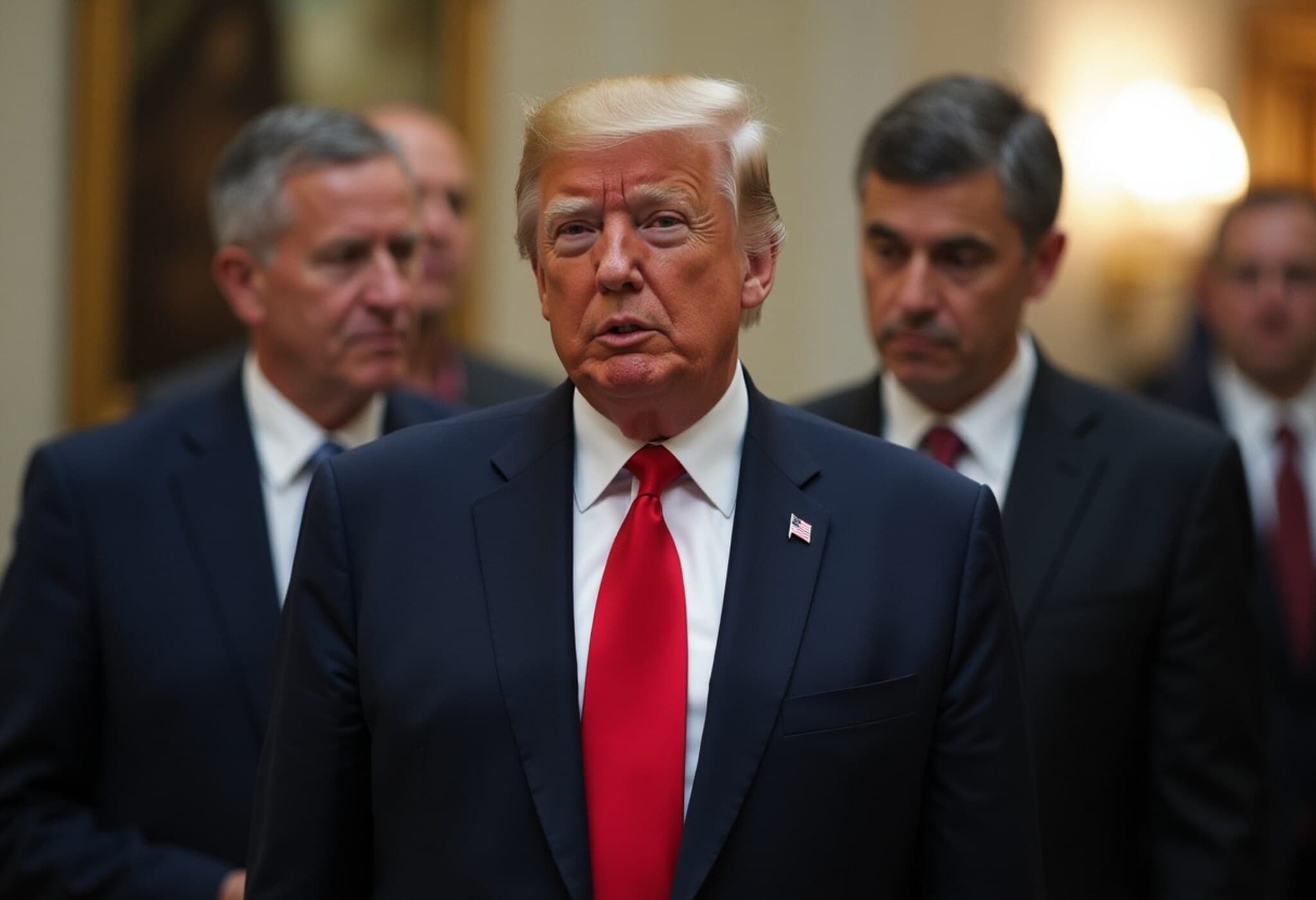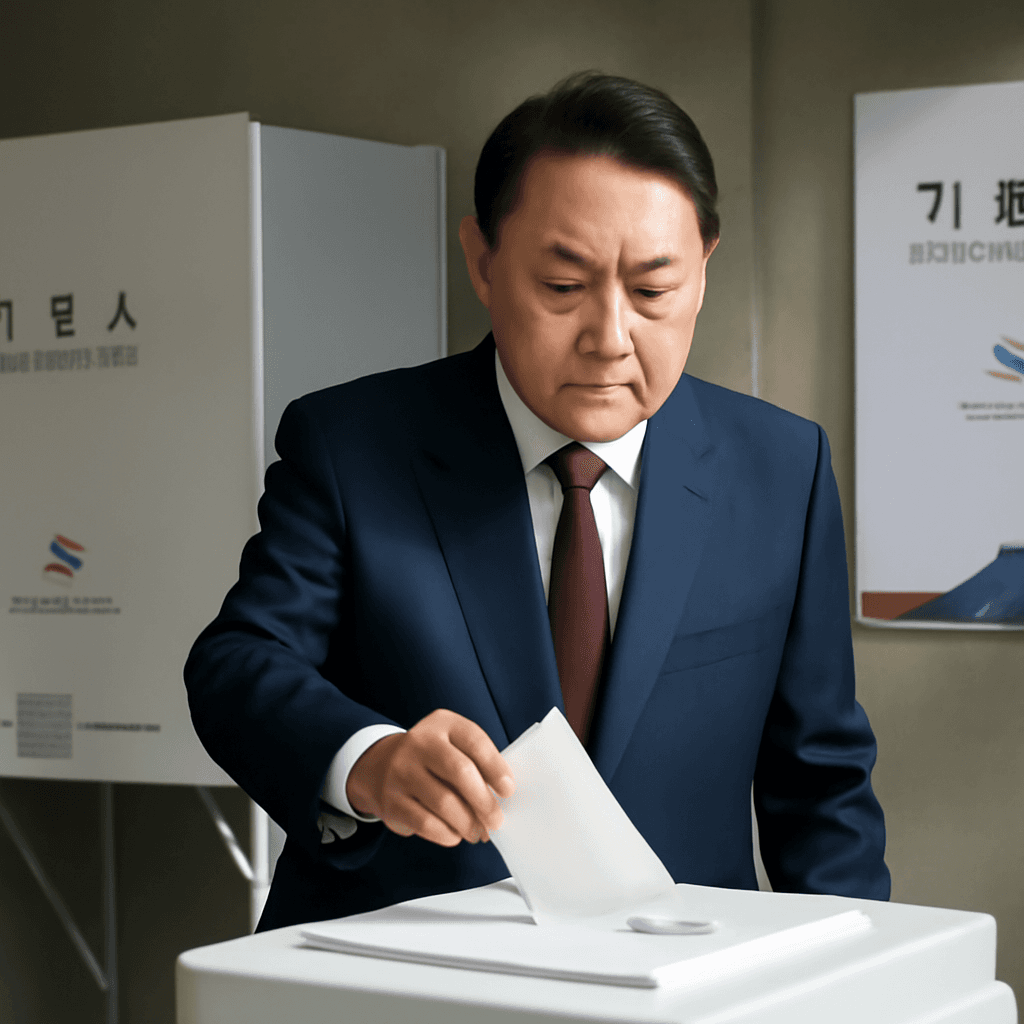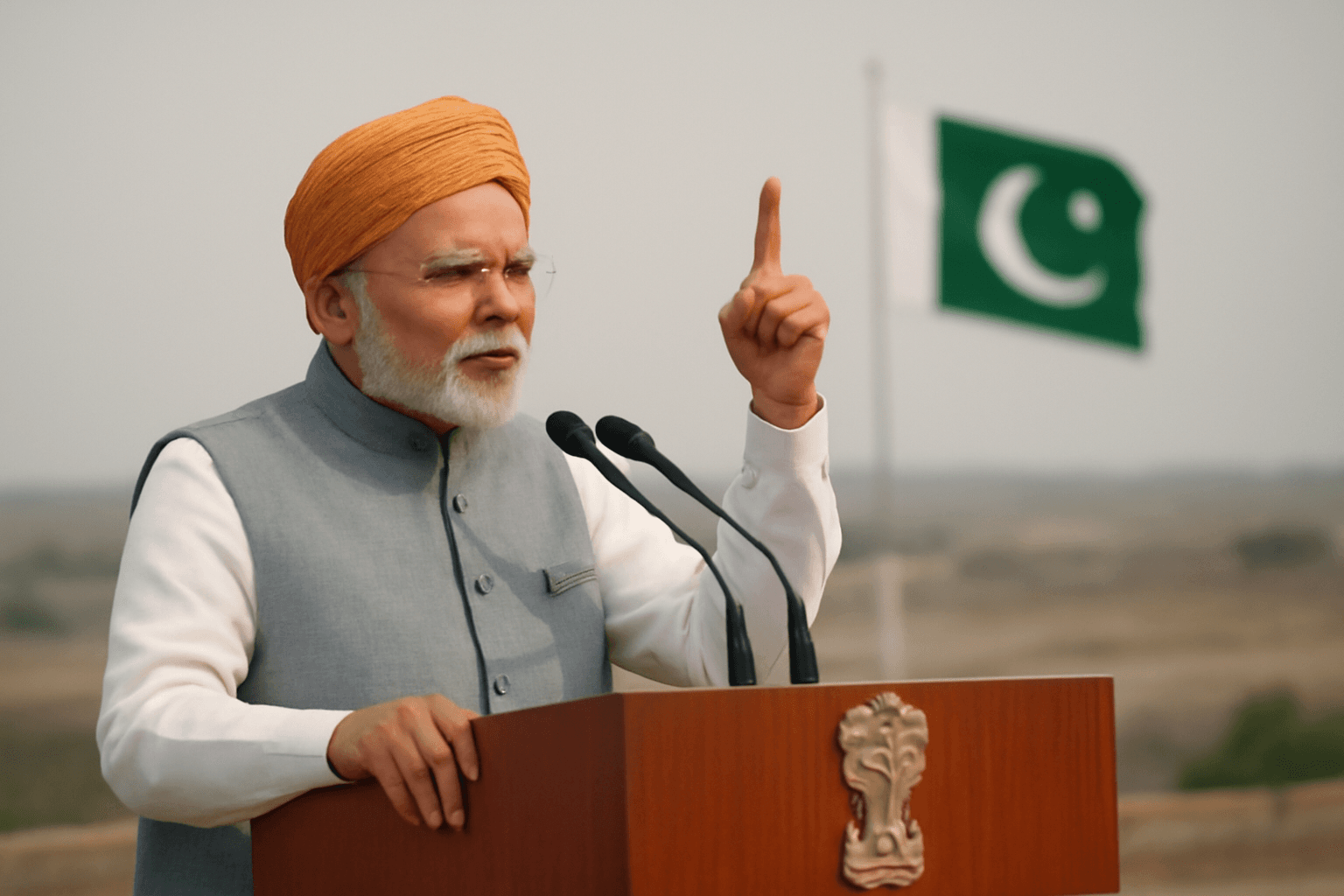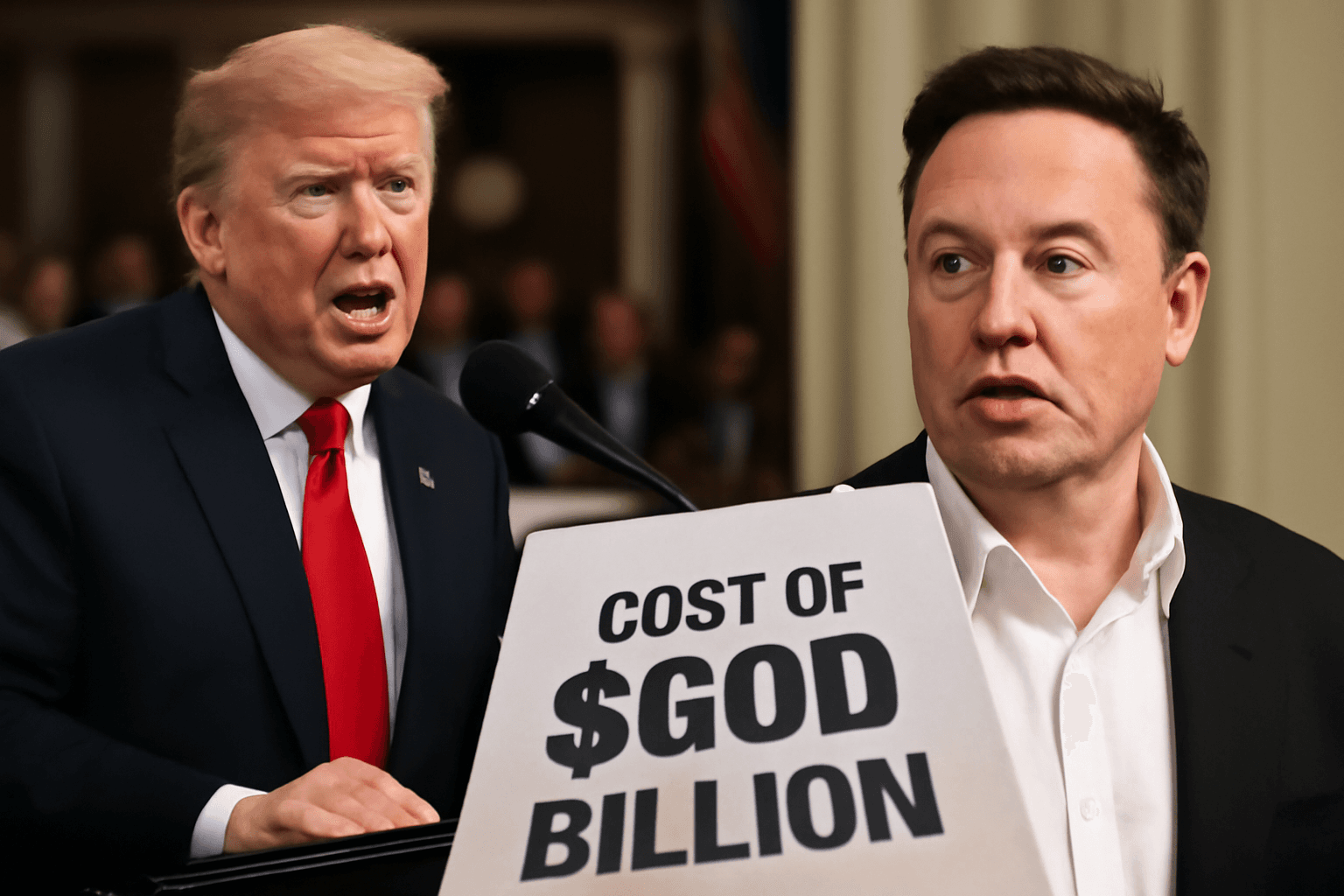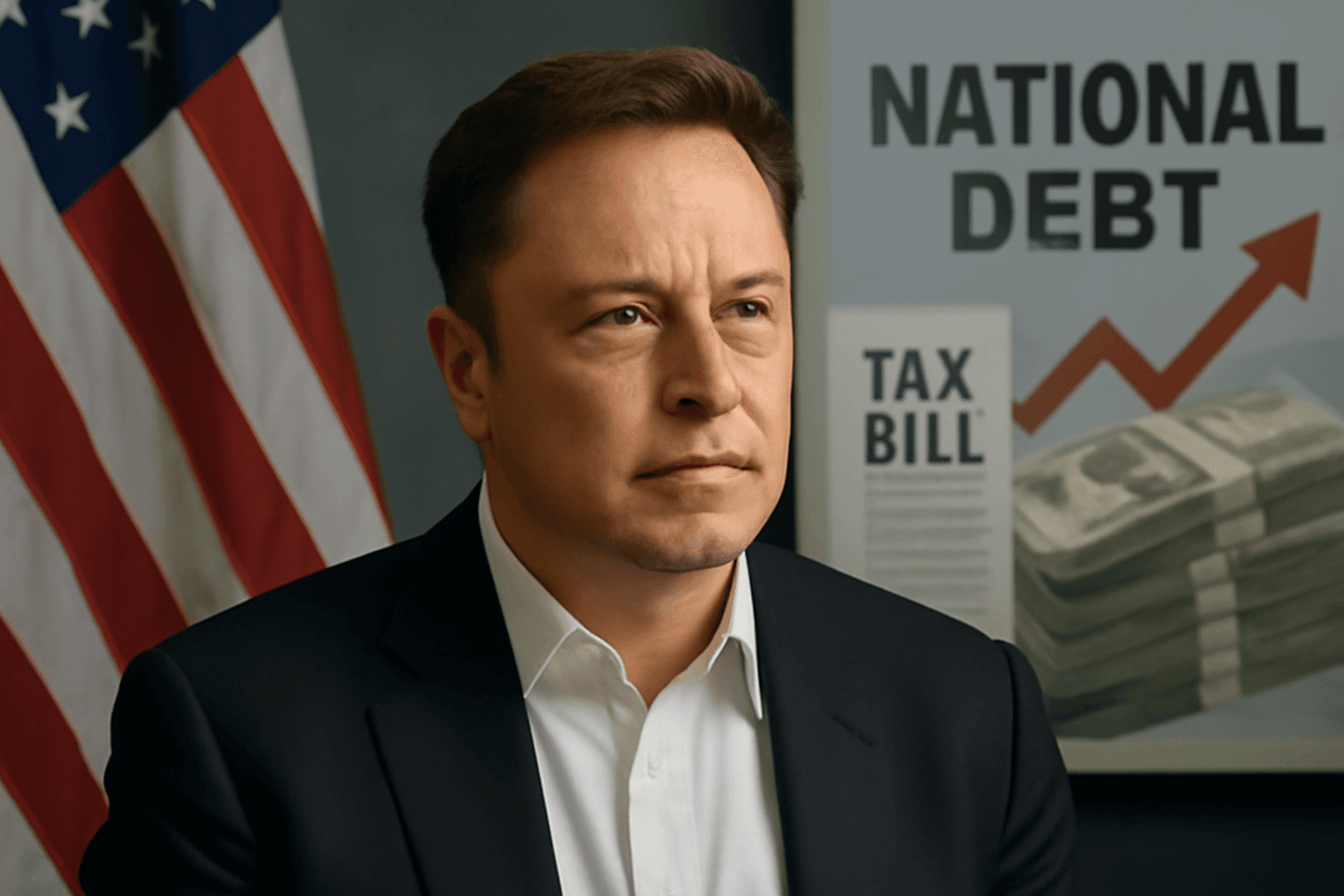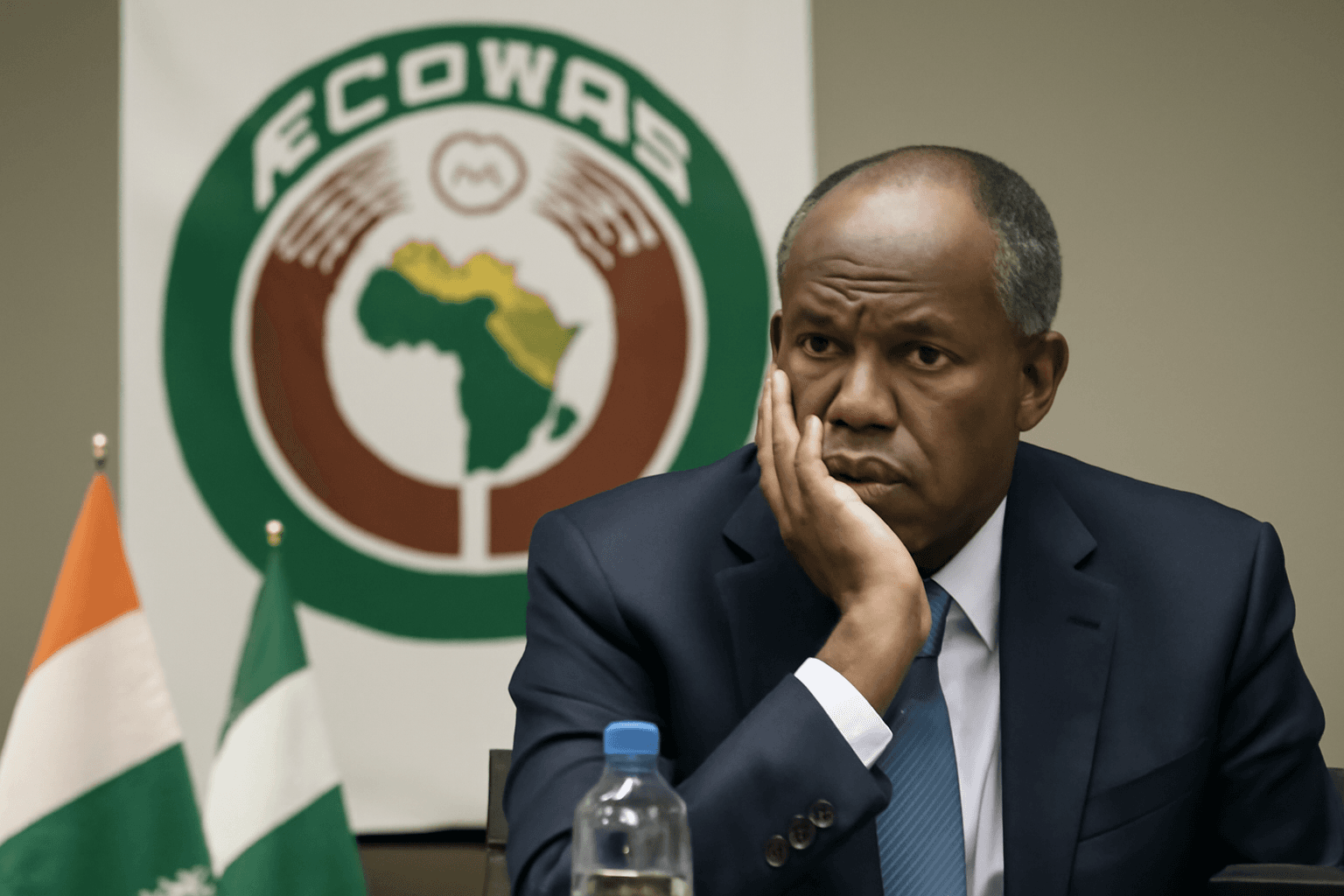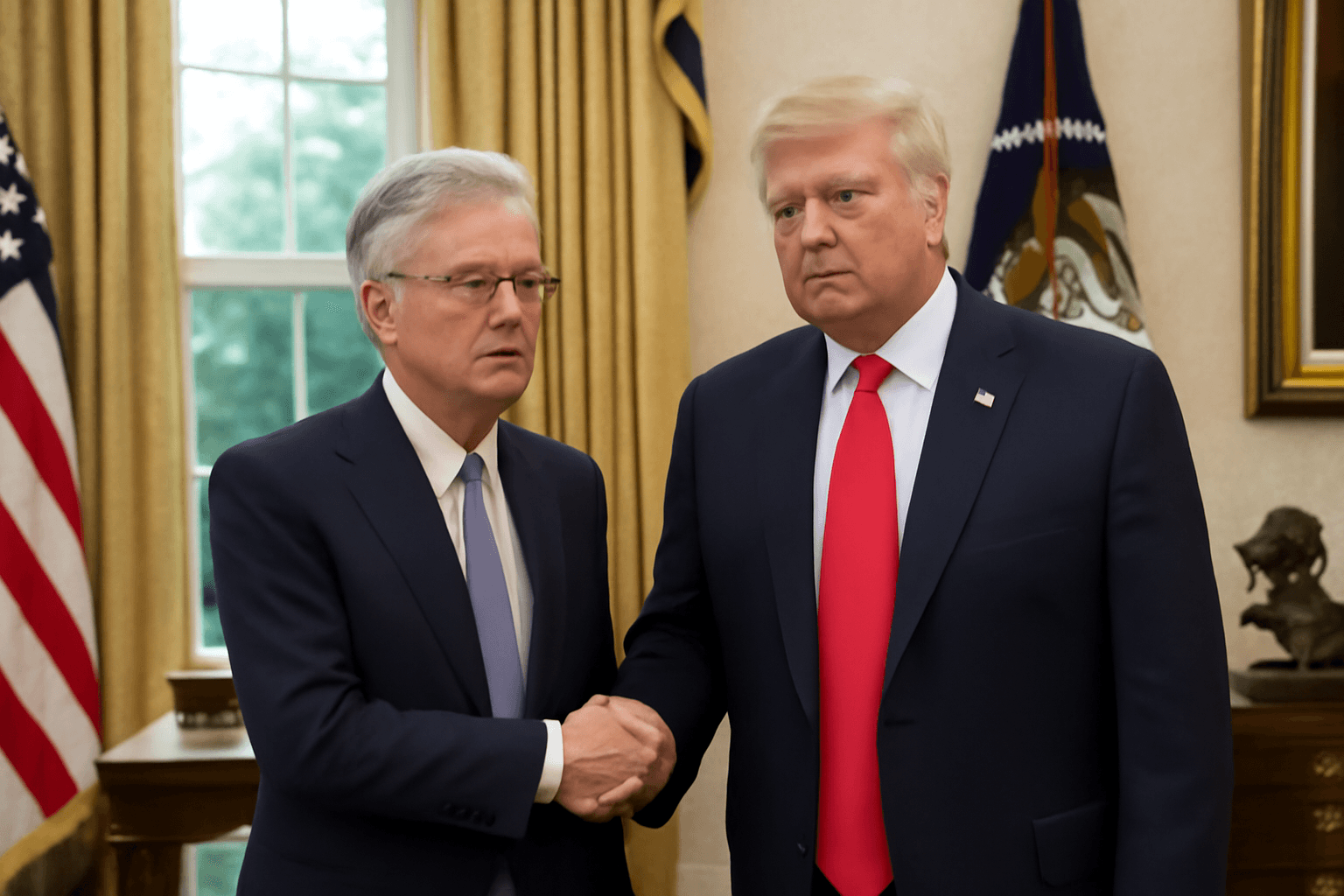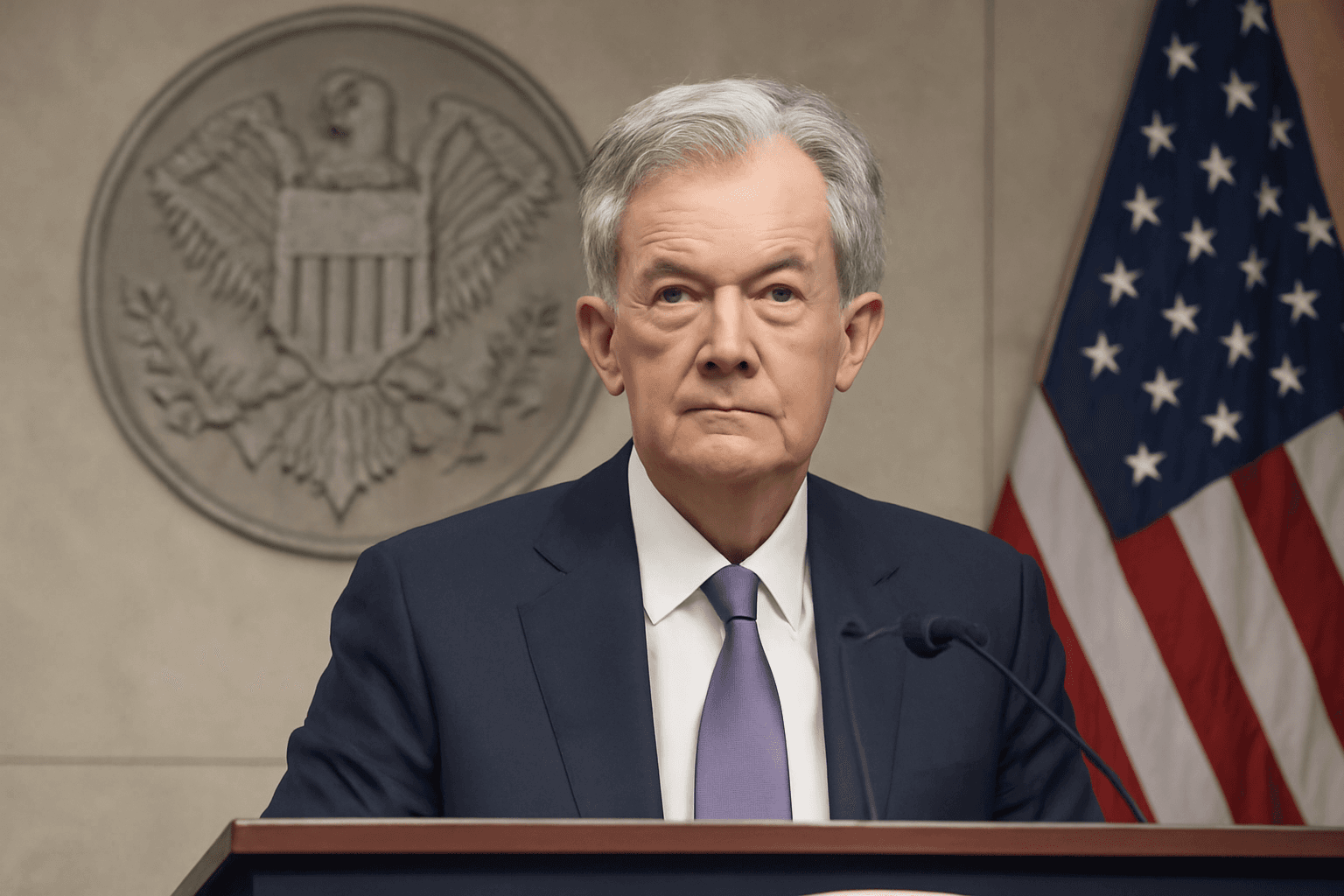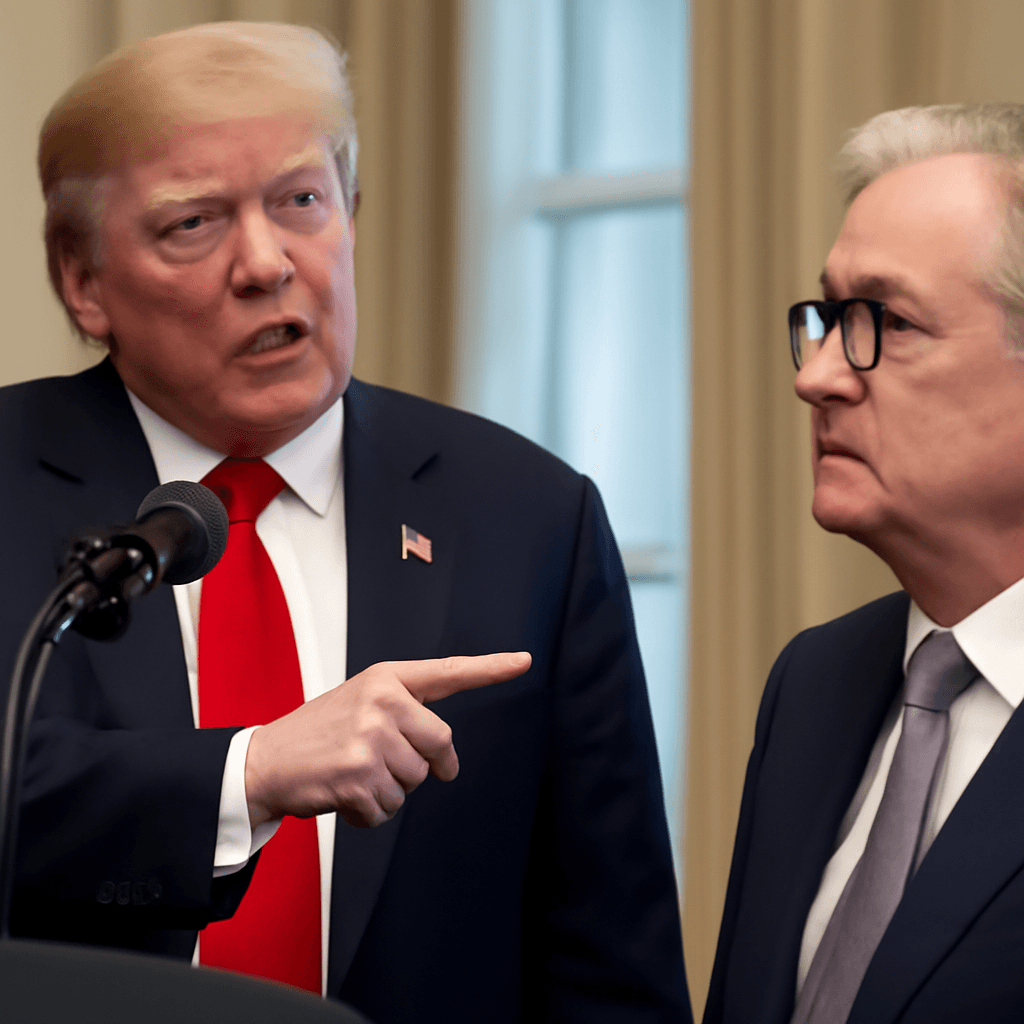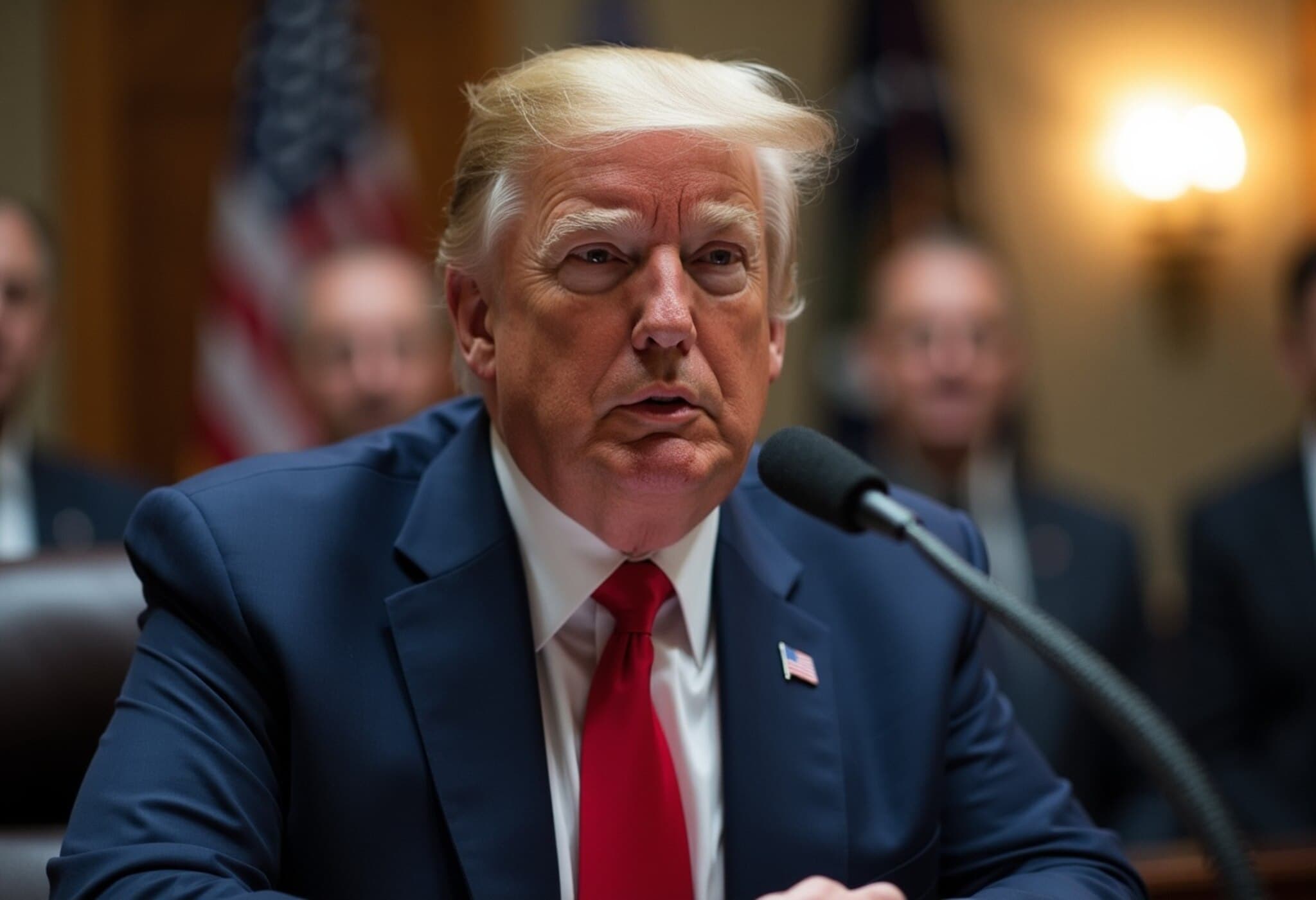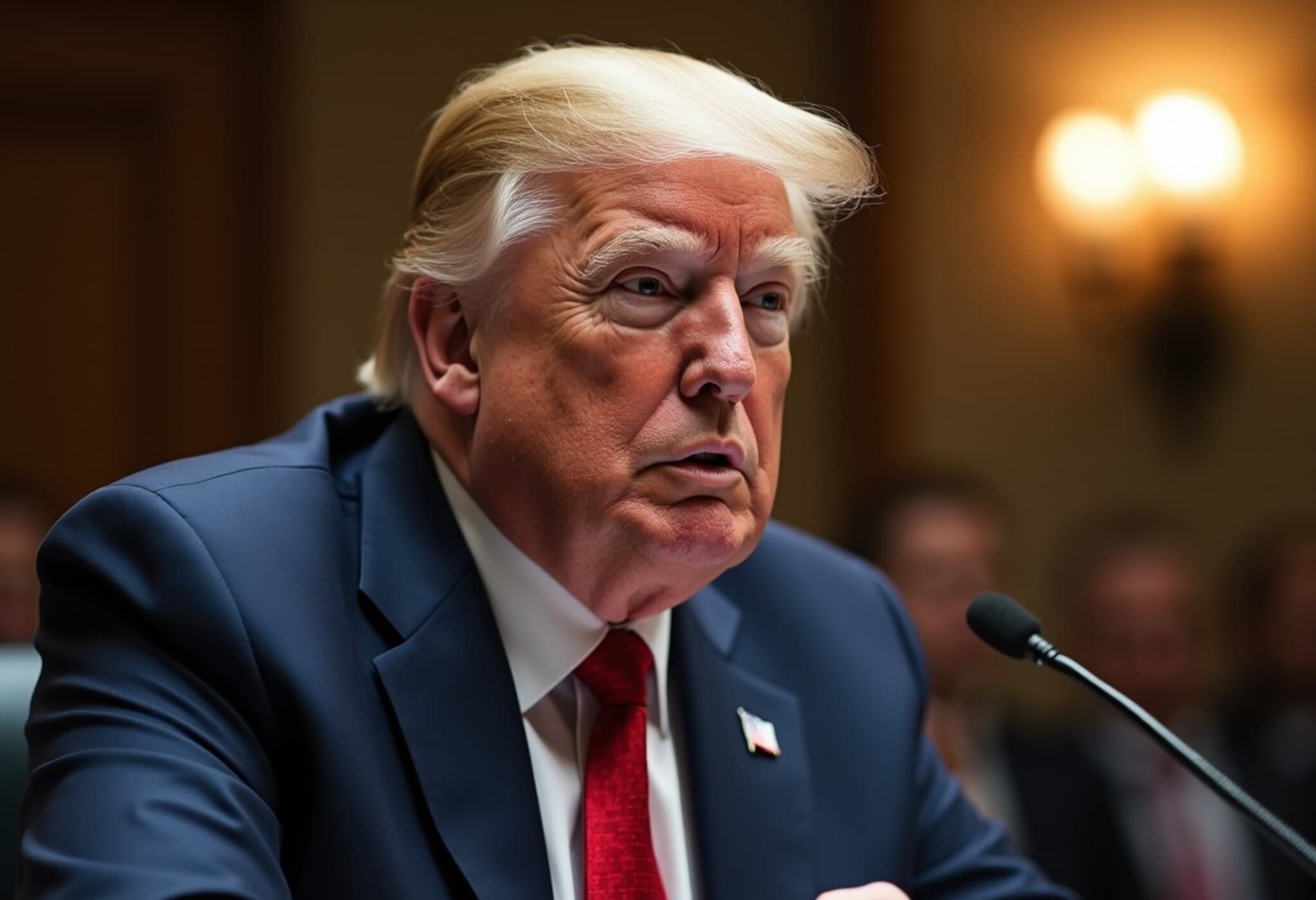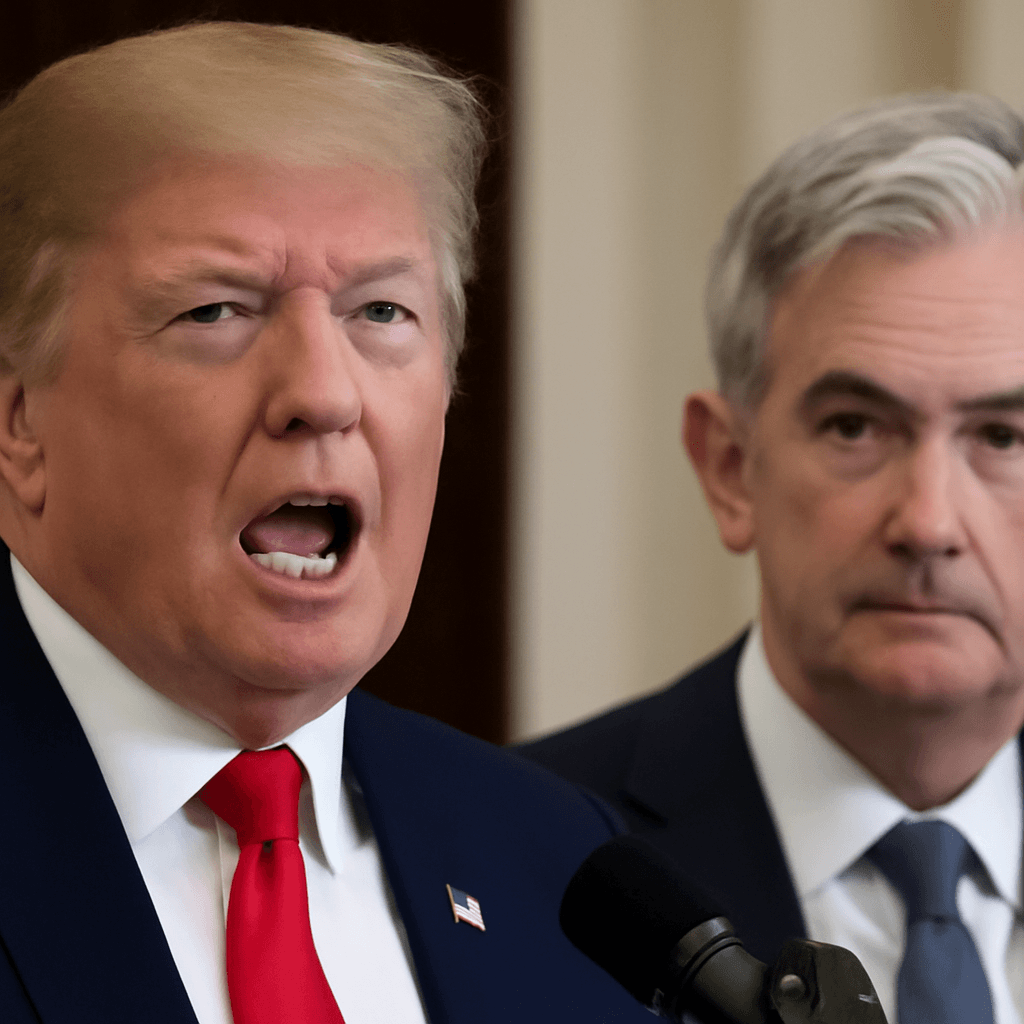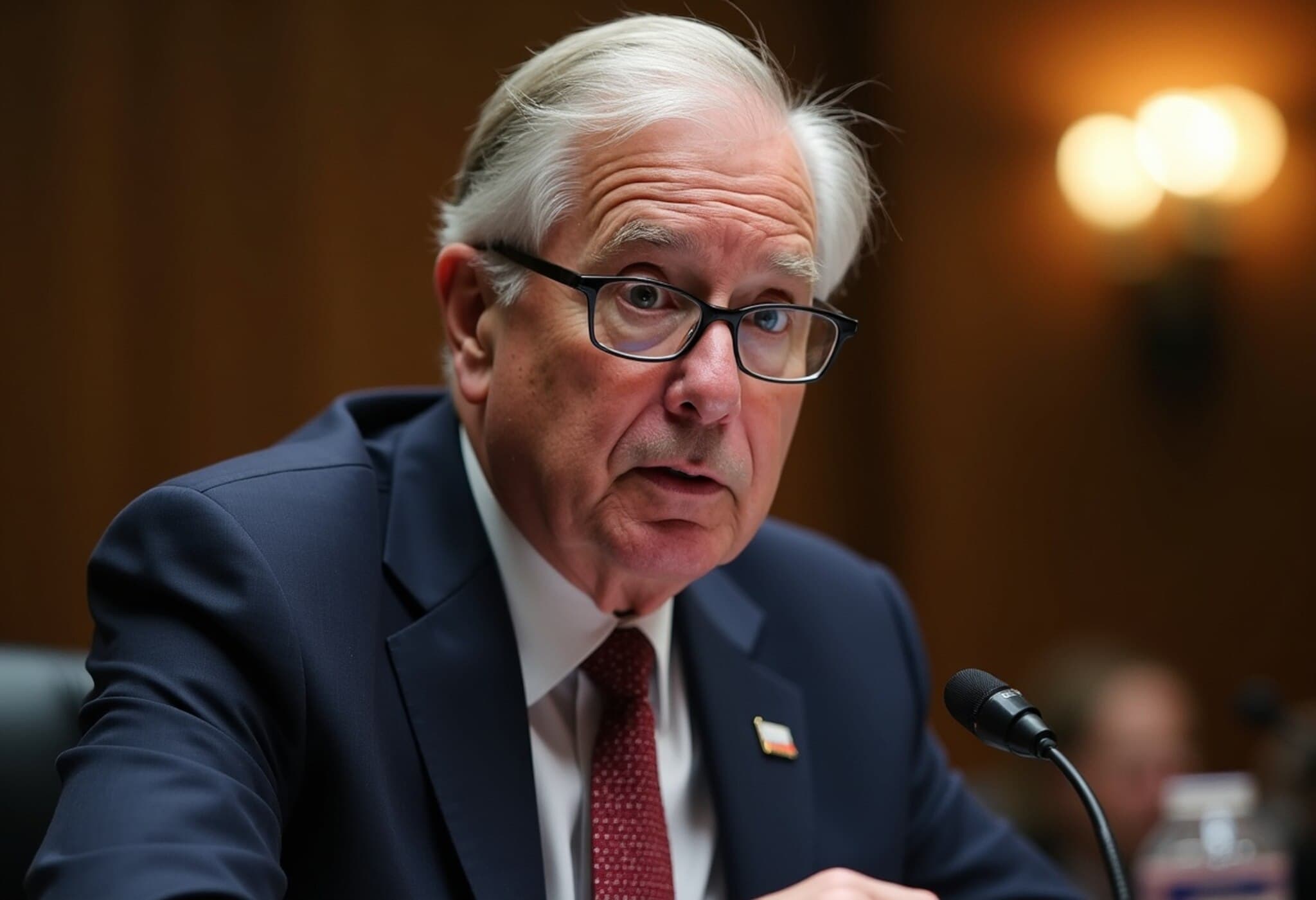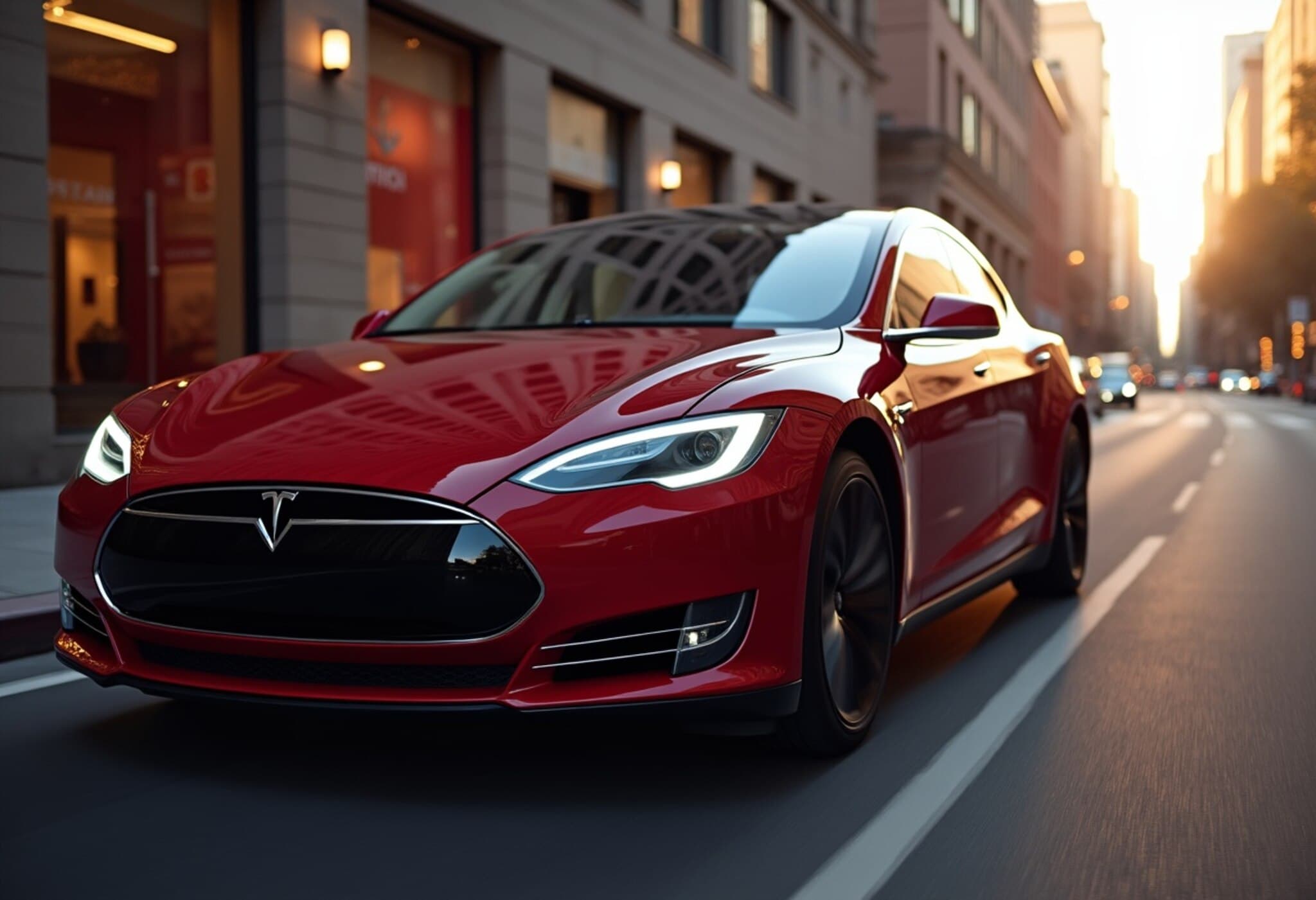President Trump Visits Federal Reserve Amid Intensifying Tensions with Chair Powell
In an unprecedented move, President Donald Trump toured the Federal Reserve headquarters in Washington, D.C., on July 24, 2025, spotlighting a $3.1 billion renovation project that has sparked fierce criticism from his administration. The visit marks a dramatic escalation in Trump's ongoing campaign targeting Federal Reserve Chairman Jerome Powell.
Highlighting Cost Overruns and Challenging Fed Leadership
Arriving shortly before 4 p.m. ET, Trump underscored his administration's grievances over the sprawling, multibillion-dollar construction project at the Fed’s historic buildings. Alongside him were key figures including Chairman Jerome Powell, Senators Tim Scott and Thom Tillis, Office of Management and Budget Director Russ Vought, and Bill Pulte, head of the Federal Housing Finance Agency (FHFA). Pulte has been notably critical of Powell, demanding his resignation amid disagreements over monetary policy direction.
Trump took to social media to emphasize the scale and expense of the project, dubbing it the "$3.1 Billion Dollar (PLUS!) construction project." His condemnation of the Fed’s spending purportedly reflects broader concerns about government fiscal responsibility and economic stewardship.
Monetary Policy at the Center of the Storm
The tension between Trump and Powell is deeply rooted in monetary policy disagreements. Trump has repeatedly urged Powell to slash interest rates, blaming the Fed's cautious stance for driving up the government's borrowing costs. Despite having nominated Powell in 2017, Trump now accuses the Fed Chair of political bias and incompetence, pushing for a more aggressive approach to cut the U.S. debt servicing burden projected for 2024.
Powell’s decision to hold rates steady this year has especially provoked Trump's ire, leading to threats—though not legally straightforward—of Powell's removal. The Supreme Court’s recent ruling underscores the Fed’s institutional independence, complicating any presidential attempt to oust its leadership.
Unprecedented Political Pressure on a Traditionally Independent Institution
It's extremely rare for a sitting president to visit the Federal Reserve. Trump’s appearance is only the fourth such event since 1937, and uniquely, it occurs amid open calls for monetary policy change and leadership reshuffling. While past presidents have respected the Fed’s autonomy, Trump’s direct intervention represents a notable departure from tradition.
Broader Context: Political Distraction and Administrative Criticism
Observers note that this event comes at a time when Trump is grappling with unrelated controversies, including criticism over the handling of sensitive documents connected to the late Jeffrey Epstein. Some analysts suggest the spotlight on the Fed might be serving as a strategic pivot to shift public attention.
Expert Insights: What This Means for U.S. Economic Policy
- Institutional Independence: The Fed's ability to operate free from political interference is critical to maintaining market confidence. Trump’s direct pressure raises concerns about potential long-term implications for this independence.
- Fiscal vs. Monetary Policy Clash: The debate surfaces fundamental questions about government debt, interest rates, and who should steer economic recovery efforts post-pandemic era challenges.
- Political Motives vs. Economic Realities: Experts caution against conflating political strategy with sound economic management, warning that dramatic rate cuts could risk inflationary pressures.
Looking Ahead: The Federal Reserve Under Scrutiny
As Trump intensifies his campaign for Powell’s resignation and calls for drastic policy changes, markets and policymakers alike are watching closely. The $3.1 billion renovation saga has become a symbol of broader discontent within the administration and raises pivotal questions about governance, transparency, and accountability within key federal institutions.
Editor's Note
President Trump's rare visit to the Federal Reserve underscores a growing friction between political leadership and monetary policymaking authorities. This clash not only challenges established norms of central bank independence but also signals an era where economic policy is increasingly entangled with political agendas. As this story develops, it invites critical reflection on how the U.S. balances effective governance with safeguarding institutional autonomy in a polarized landscape.

